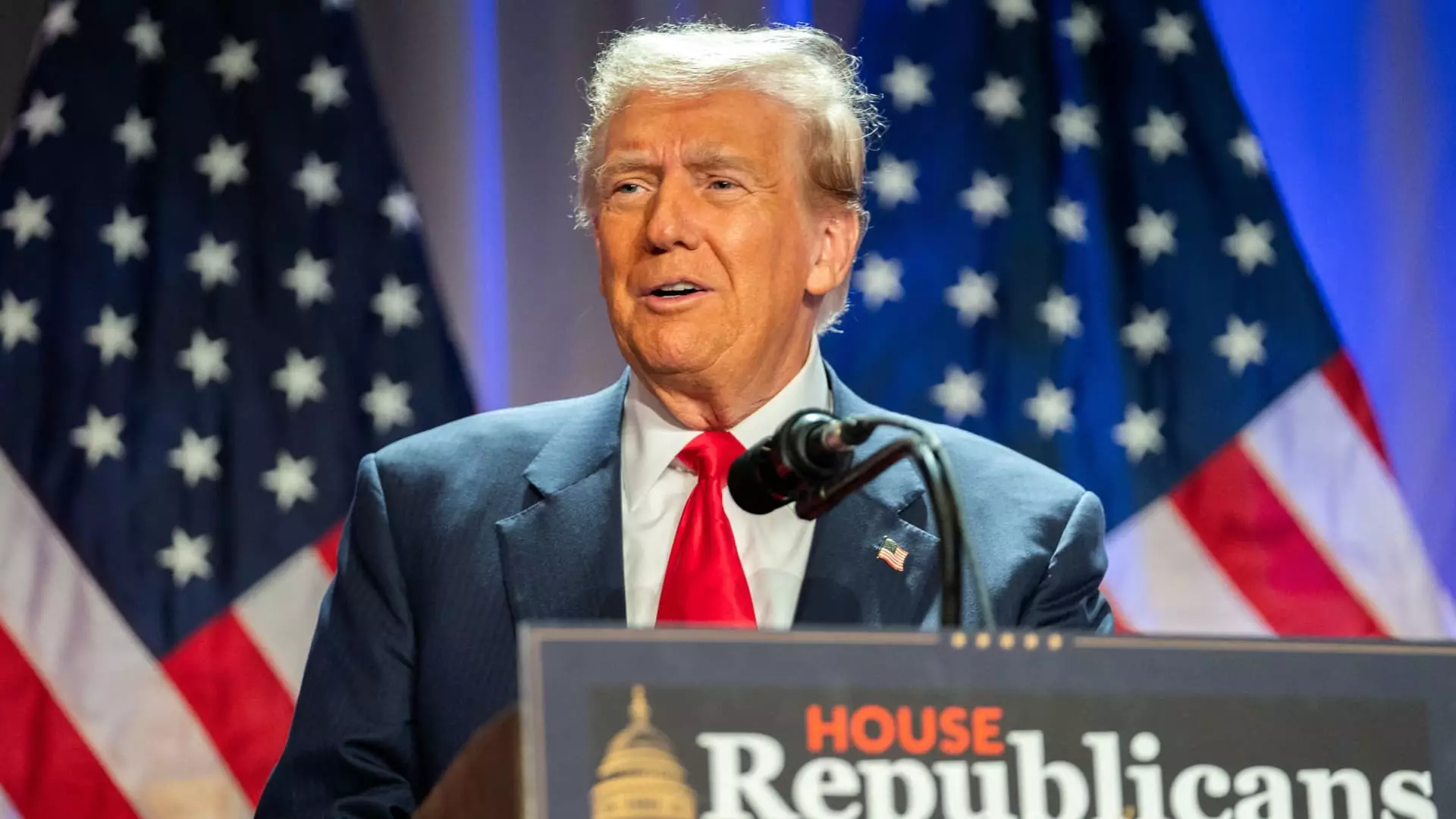As the political climate shifts with a new administration, Congress is poised to engage in heated discussions surrounding tax legislation. With President-elect Donald Trump initiating a series of proposals that could revamp the tax system, the expiration of several tax breaks from the Tax Cuts and Jobs Act (TCJA) of 2017 has created a pressing issue for lawmakers. The potential to enact significant tax reforms through budget reconciliation, which allows for expedited consideration by bypassing the Senate filibuster, offers Republicans a pathway to implement their legislative goals. However, the interplay of various priorities within the party and the need to address concerns from different districts complicates the pursuit of unified tax reform.
The path to successful tax reform will not be straightforward. With a slim Republican majority in both the House and the Senate, lawmakers face the daunting task of reconciling differing agendas within their party. The ongoing federal budget deficit looms large, prompting policymakers to navigate a landscape filled with competing interests. As Howard Gleckman from the Urban-Brookings Tax Policy Center pointed out, the upcoming negotiations will see legislators prioritizing their responsibilities to constituents over strict party allegiance. This nuanced dynamic complicates what traditionally may have appeared as a simple partisan divide and illustrates the multifaceted nature of modern American politics.
Trump’s proposals during his campaign, which included abolishing taxes on tips, lifting taxes on Social Security benefits for older Americans, and implementing universal tariffs, will add to the discussions. These agenda items, while appealing to certain voter bases, must also compete against the broader financial reality that many tax cuts would expire soon and demand immediate attention. The potential for conflicting priorities could hinder progress and create friction among members of the majority party.
One of the most pressing concerns for lawmakers will be the expiration of tax breaks established under the TCJA in 2017. These provisions, such as lowered tax brackets, increased standard deductions, and enhanced child tax credit, represent significant financial benefits to many American taxpayers. As the effective date for the expiration of these tax cuts approaches in 2025, the urgency for legislative action intensifies. Failure to act could result in a substantial tax increase for millions, making this a critical focal point for both parties.
With tax cuts set to expire and new proposals being thrown into the mix, the timeline for expressing and hearing differing points of view becomes vital. While Congress aims for action as early as Trump’s first 100 days in office, the complexities of the legislative process, coupled with the inevitable need for compromise, presents a more realistic perspective that may stretch timelines considerably.
The timeline for executing significant tax reform is inherently limited. Congressional leaders must grapple with the need to pass a funding bill by December 20 to prevent a government shutdown. This time constraint will likely divert attention from tax reform discussions, even as the clock ticks down to looming deadlines. Analysts suggest that much of the proposed tax legislation may require months of careful negotiation and deliberation, stretching the timeline well past the initial goals set forth by the administration.
The notion of completing sweeping tax reforms within the first 100 days of the Trump presidency may be overly optimistic. Gleckman expresses skepticism about the feasibility of such aggressive timelines, suggesting that realistic legislative outcomes may not be visible until late 2025, if at all.
As lawmakers prepare to undertake the complex process of reforming the tax code amid a volatile political landscape, the challenges facing them are vast. Tactical negotiations, competing priorities among factions within the Republican Party, and critical deadlines will define the contours of the legislative debates that lie ahead. If Congress is to navigate these political minefields successfully, understanding the multifaceted implications for constituents and balancing broader fiscal responsibilities will be imperative. Only through careful, strategic collaboration can lawmakers hope to achieve meaningful tax reform that addresses the concerns of changing economic landscapes while satisfying growing demands from their constituents.

